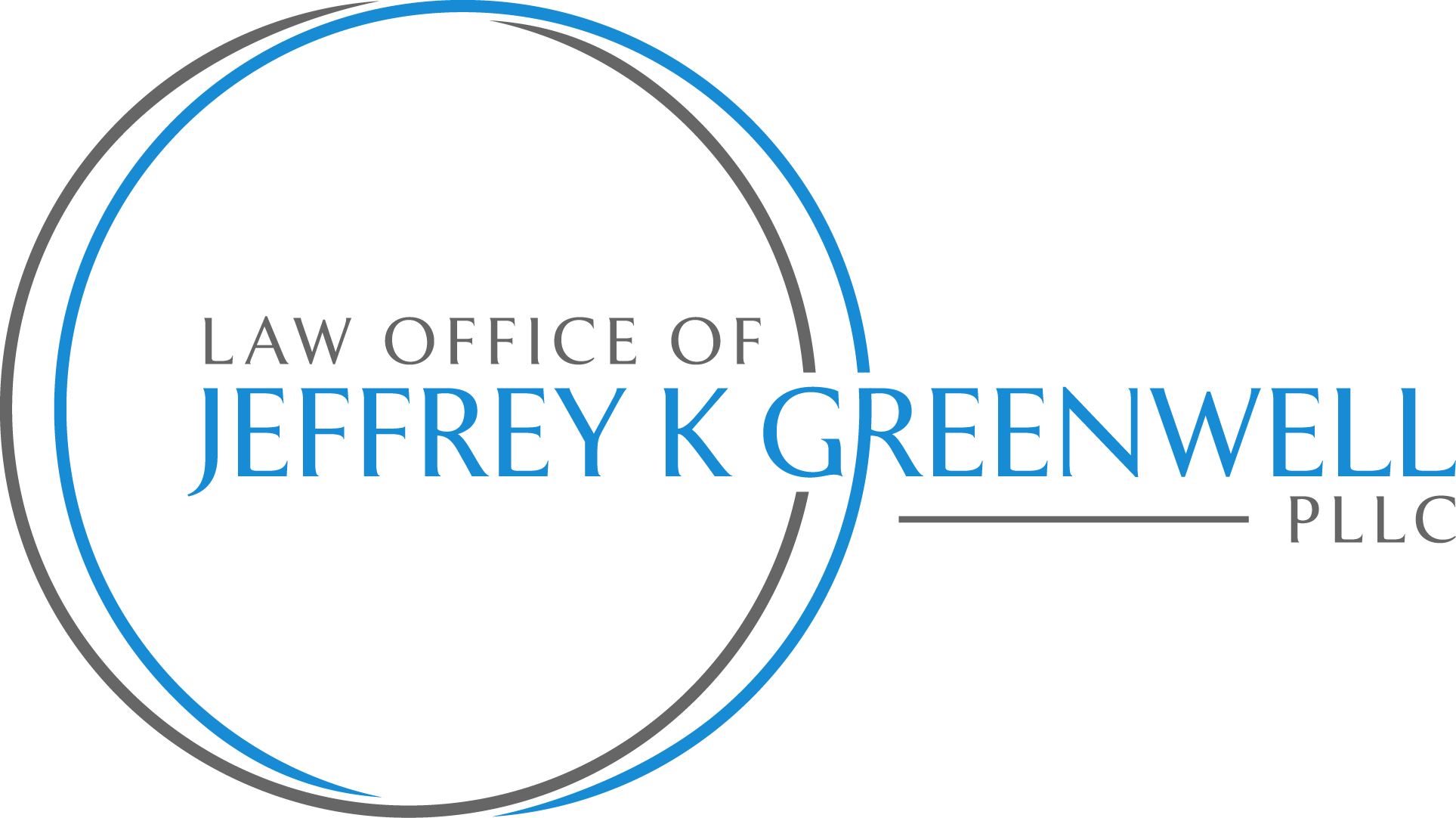As of April 1, you can owe more debt and still qualify for Chapter 13.
You may not have heard that if you owe too much to your creditors, you cannot file a Chapter 13 “adjustment of debts” case. Part of the reason you may not have heard about this is because the debt limits are high enough that that they don’t affect most people. By reading this blog you should be able to tell whether this is going to be an issue for you or not.
What’s the Point of Having Debt Limits?
You may have heard that Chapter 7 “straight bankruptcy” tends to be more appropriate for simpler cases while Chapter 13 is for more complex cases. But Chapter 7 has no debt limit, so why should Chapter 13? That may seem backwards.
A little bit of historical context helps make sense of this. There was a huge overhaul of bankruptcy law in the late 1970s which, among other things, created the modern Chapter 13 option. Here’s what Congress said at the time about it:
“[Chapter 13] represents a significant departure from current law. The change might have been too great, however, without some limitation. Thus, the debtor (or the debtor and spouse) must have unsecured debts that aggregate less than $100,000, and secured debts that aggregate less than $500,000 [actually compromised down to $350,000 in the law as passed]. These figures will permit the small sole proprietor, for whom a chapter 11 reorganization is too cumbersome a procedure, to proceed under chapter 13.”
So Congress had come up with Chapter 13 as a relatively streamlined procedure—especially compared to the definitely “cumbersome” Chapter 11 reorganization—to be used by individuals and married couples with somewhat more complicated circumstances, such as small business owners. But Congress felt the need to avoid the use of Chapter 13 for truly complex situations. Its practical but imperfect means of doing this was by imposing limits on the amount of debt a debtor could owe.
The Debt Limit Amounts
The original law’s debt limits of $100,000 and $350,000 did not change for about 15 years. Then in 1994 these were amended to $250,000 and $750,000 respectively, with an automatic inflation adjustment for every 3 years thereafter. The most recent one kicked in as of this April 1. So currently, an individual filing a Chapter 13 case, or a married couple doing so together, must have less than $383,175 in total unsecured debts and ALSO less than $1,149,525 in secured debts.
“Noncontingent, Liquidated Debts”?
But the law doesn’t just talk simply about “unsecured debts” and “secured debts”—it had to be more precise. So the statute actually says that you “may be a debtor under Chapter 13” only if you owe, “on the date of the filing of the petition, noncontingent, liquidated, unsecured debts of less than $383,175 and noncontingent, liquidated, secured debts of less than $1,149,525.” (Section 109(e) of the Bankruptcy Code, with the appropriate new amounts inserted).
The point of “non-contingent, liquidated,” to be simplistic about it, is to include only genuine debts for purposes of these limits.
“Noncontingent” means that you owe the debt now, not based only on some possible future event. An example of a contingent debt would include one that you do not currently owe in the eyes of the law, but could end up owing later if the person who now owes it does not pay.
“Liquidated” means that you owe a specific and determinable amount. An unliquidated debt would include a lawsuit against you for unspecified and not easily calculable damages. A liquidated debt would be a lawsuit where the alleged debt amount can be easily determined, such as on a straightforward money debt. Just because a claim or debt is disputed does not mean that it’s not liquidated.
Caution
Most of the time, these Chapter 13 debt limits will either totally not be a problem or you will clearly be over either the secured and unsecured debt limit. (It only takes being over one of them to be disqualified.)
If you’re clearly over, see the next blog about the possible solution that is informally called “Chapter 20.” Also, if you have that much debt, you should definitely be talking with an attorney, likely about a number of issues beyond this one about qualifying for Chapter 13.
Be careful if you are anywhere close to the debt limits because you may be over and not know it. Sometimes the meaning of “noncontingent, liquidated” is not clear, making a debt that you think does not count for these purposes, actually count. A personally guaranteed business debt, or a surrendered lease on a business premises, can cause this problem. Sometimes a debt that you assumed was in the “secured” column may actually be considered unsecured, such as a “voidable” judgment lien on your home or a second mortgage that is completely “under water.” These can unexpectedly put you over the unsecured debt limit. Again, these are questions to address with your attorney, presumably early in your initial meeting.

